At just $549, this supremely compact, lightweight and sturdy prime lens seems to offer great value. If you’re after an affordable prime that doesn’t take up too much space in your bag, could the Laowa 14mm f/4 FF RL be the perfect option?
Venus Optics seem to have produced manual focus wides for every mount and at every focal length over the last couple of years and you’d be forgiven for losing track of them all. There are several 14mm lenses, a 4mm, a 7.5mm, two 9mms, a 10mm, 11mm, a 12mm, two 15mms, and a 17mm. Of these, some are granted the moniker Zero-D (sometimes it’s in the name, sometimes it’s not) which Laowa says means “close-to-zero distortion.” The 14mm I was loaned for review is the “f/4 FF RL Lens for Sony E” and has “FF II 14mm F4.0 C&D-Dreamer” written on its fixed metal lens hood. According to Venus Optics, this is name is for the Chinese market where “C” stands for compact and “D” stands for distortion.
The first thing that to note about this lens is its size. It’s described as compact and although I’d seen photographs, I was still surprised when I unboxed this tiny beast, prompting me to wonder just how good the image quality could be. When you read that 13 elements sit in 9 groups, your immediate reaction will be “OK, but where? And how?”
The build feels very solid. Its all-metal construction means that it feels heavy for its size if you’re used to plastic lenses. This is not a heavy lens, however; at 8 oz (288 g), it will not weigh you down and, being so small, this is a refreshingly convenient lens to carry. If you’ve read my previous reviews, you’ll know that I enjoy moving fast and light, so the form factor is very much appreciated, especially when this sort of width is not something I shoot too often. Being able to chuck this lens in the bag and almost forget about it is definitely a part of this lens’s appeal. If you only use a lens occasionally, the smaller the better.
Specifications
Here are the specifications in full:
- Apertures: f/4, f/5.6, f/8, f/11, f/22
- Lens Mount: Sony E, full frame
- Angle of View: 114°
- Minimum Focus Distance: 10.6” / 27 cm
- Maximum Magnification: 0.07x
- Optical Design: 13 Elements in 9 Groups
- Diaphragm Blades: 5
- Manual Focus
- Image Stabilization: No
- Filter Size: 52 mm (Front)
- Dimensions (ø x L): 2.3 x 2.3” / 58 x 59 mm
- Weight: 8 oz / 228 g
The Build
Clicking between the five available apertures is smooth and satisfying (there is no option to de-click), and the focus ring is quite heavily dampened. A quarter of a throw takes you through the entire focusing range and a metal tab allows for very fine adjustments — something that works well in connection with the weight of the dampening.
The metal, petal-shaped hood is built-in but this doesn’t prevent you from attaching 52mm filters to the thread that runs around its inside.
This lens is entirely mechanical and there are no contacts to convey information to the camera.
Testing
Venus Optics loaned me this lens at the start of the year and, given the pandemic and my preference to test lenses in the field, I had to be patient before being able to get a proper idea of how this lens performs. It initially accompanied me on a trip to the Pyrenees, and though I’m not much of a landscape photographer when it comes to mountains, it was a fun opportunity to take advantage of its 114° angle of view. Notably, this is a rectilinear lens whereby verticals remain straight lines, and don’t bow outwards as can be seen most dramatically with fisheye lenses. This makes the size of the Laowa 14mm f/4 even more remarkable and trekking with this lens was barely an inconvenience. I’m not one for tripods (even when I’m not trying to keep up with two former athletes who would happily jog the steep, two-and-a-half-hour hike to these lakes) and the Laowa was a tiny addition to the two Sigma primes that I was testing at the time.
While I was pleased with my handheld efforts, it was apparent that I would have benefited from some focus stacking as even at f/11 and f/16, creating an image that was sharp from front to back seemed to be a challenge. I’m not particularly precious about sharpness and my manual focusing and hyperfocal skills aren’t brilliant, but anyone buying this lens for pin-sharp landscape photography should be aware that this lens delivers some complex results.
Rectilinear wide-angle primes usually carry a bit of bulk because in addition to maintaining the straight verticals, there’s an amount of corrective work that needs to be performed in order to ensure that the focal plane is exactly that: a plane. As soon as you start cramming 13 elements into such a compact form, compromises are going to be made. Venus Optics is keen to mention the three extra-low dispersion elements and the lens certainly seems to be free of chromatic aberrations, but by contrast, the field curvature has proven to be more challenging to address.
If you’re not familiar with how this works, here’s a quick explanation: lenses are designed so that the focal plane — i.e., everything that is in focus — is a straight line. Wide-angle lenses have a tougher time maintaining this straight line thanks to a certain Mr. Pythagoras and the fact that with an angle of view of 114°, a brick wall that’s 5 yards away in the center of the frame will be almost 10 yards away at the edges of the frame. The wider the lens, the more pronounced this problem becomes. Fortunately, wide-angle lenses often avoid this issue due to their naturally huge depth of field, especially when shooting at smaller apertures.
The Laowa 14mm has some curious behavior. Along a flat plane, there is some noticeable inconsistency in terms of sharpness. Consider this large group photograph. Typically I’d shoot from further away on a longer lens (note how those towards the edge of the frame appear a little stockier than their counterparts at the center) but given that the lens was already attached and the window for shooting was short, I figured I’d put it to the test. This was shot at either f/8 or f/11. (Click to enlarge.)
The difference in sharpness is marked. While faces at the center are pleasantly crisp, those at the edges are not. Furthermore, those on the left are softer than those on the right. Running some test shots of the side of the barn nearest to my house produces some similar results, this time exaggerating matters by opening up to f/4. On the left, the entire frame; on the right, 100% crops of various segments. The vignetting is quite severe and note again that the right edge is sharper than the left, in line with the performance experienced in the group shot above.
If the sample size of the lens isn’t enough to explain why this might happen, the MTF chart I received from Venus Optics gives some more of an idea. If you're not sure how to read this chart, you simply want those two lines to be as high and horizontal as possible.
Obviously, compromises have been made when designing this lens. One option might have been to embrace chromatic aberration and let the lens barrel and pincushion to its heart’s content; instead, Venus Optics has taken very tight control over the distortion, decided to let the vignetting do what it does, and potentially lost a little consistency when it comes to sharpness. The manufacturer has provided a video to show you how to calibrate infinity (you’ll need a tiny screwdriver), but even if you can achieve hyperfocal focusing that ties in with the scale printed on the side of the lens, this won’t correct the variations in sharpness that are experienced across the frame.
Personally, the results are acceptable, especially when the size and price of this lens are taken into account.
Stars and Flaring
One area where this lens seems to perform exceptionally well is shooting straight into the sun. There’s no noticeable drop in contrast and flaring, perhaps helped by the fixed metal lens hood, was hard to produce.
I don’t get excited by sunstars so it’s hard for me to compare them with other lenses. The five aperture blades mean 10-spined stars and I’ll let you tell me in the comments whether they’re any good.
Shooting Action
With a manual focus lens, capturing fast-moving action means setting a focal distance for the majority of what will happen in front of your lens, choosing a relatively small aperture, and relying on the huge depth of field to keep everything relatively sharp. This worked well and none of my shots were unusably soft.
Shooting Video
I shared the Laowa 14mm with filmmaker Phillip Graaf as we documented a week-long movement camp in Denmark and he was excited to have access to something so wide as it added a new flavor to his kit, especially for his gimbal work. Furthermore, Graaf appreciated the degree to which the lens keeps lines straight — though of course, you have to be careful when placing subjects close to the edge of frame. Using a gimbal requires some additional care as it’s easy to include bits of the rig in your shot. When run-and-gun filming, the approach was to set focus, choose a small aperture, and cross your fingers. A few shots were lost due to not being in focus but it proved to be worth the risk overall. You can see the results scattered throughout this video.
Close Focusing
The minimum focusing distance on this lens is of 10.6 “ (27 cm) and subjects shot at this distance are beautifully sharp. Mustering bokeh is hard and probably not worth it.
What I Liked
- Size
- Weight
- Pleasing aperture and focusing rings
- Excellent distortion control
- Flaring is minimal and contrast is maintained when shooting into direct sunlight
What I Didn’t Like
- Variation in sharpness across the frame
- Sometimes a bit fiddly to attach to/remove from the camera
Conclusion
This is an interesting lens from Venus Optics with plenty of impressive strengths and one slightly intriguing weakness. Its price makes it accessible as a wide-angle prime and for those where critical sharpness is less of a concern, it makes an excellent option assuming you don’t need autofocus. I have a suspicion that there might be some copy variation as, reading other reviews, people’s experiences seem to vary. That said, feedback is largely positive, and using this lens has proven to be a lot of fun, even if a few images have patches that aren’t quite as sharp as you’d hope. It's small enough and affordable enough that it makes a great option for occasional use, and a solid choice for anyone who needs width on a tight budget.
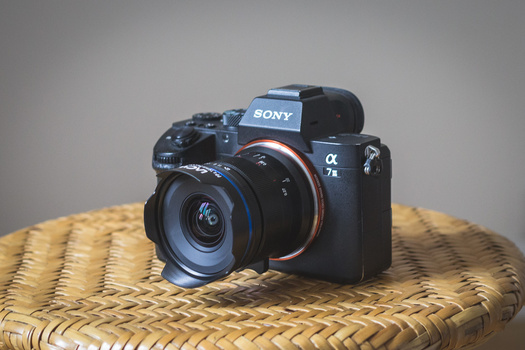


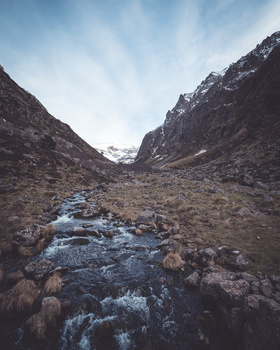
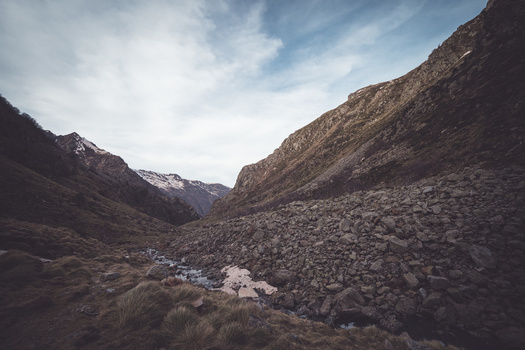


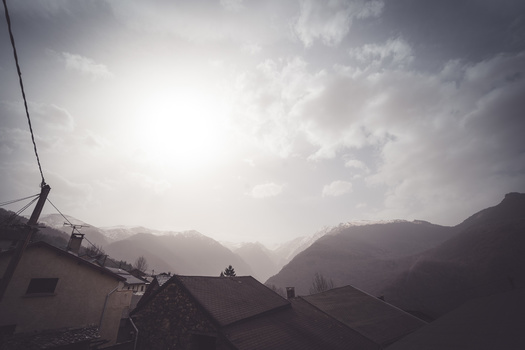
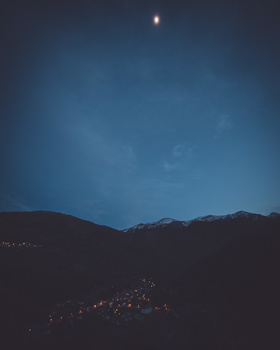

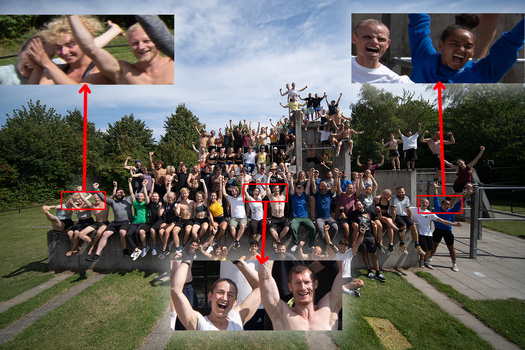
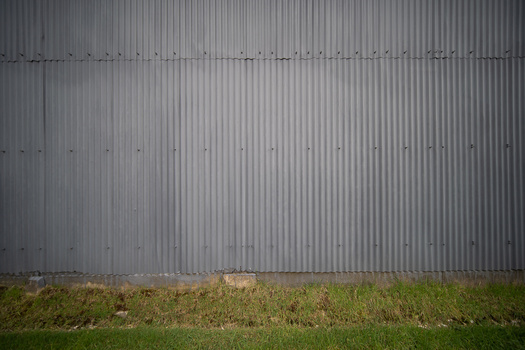
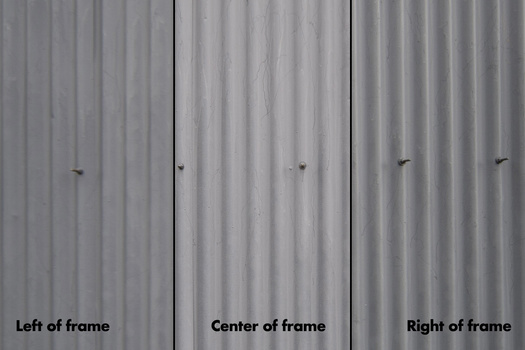
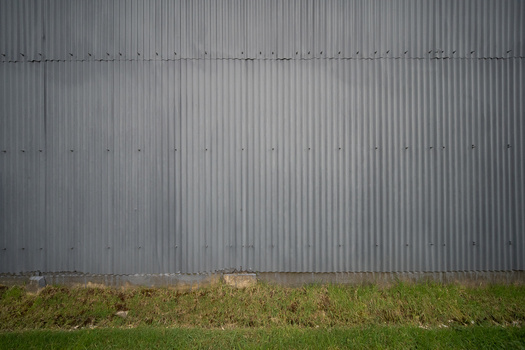
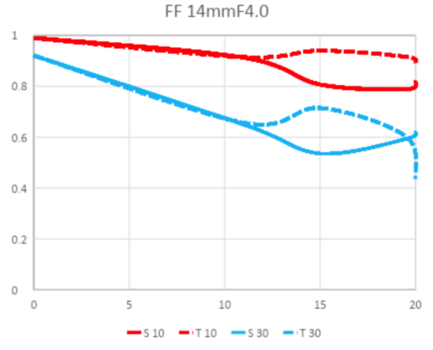
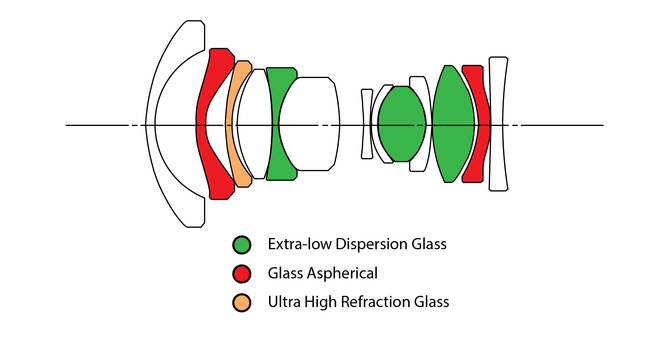
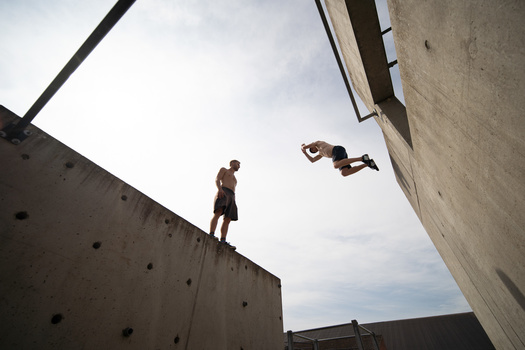
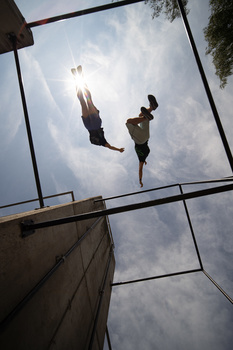

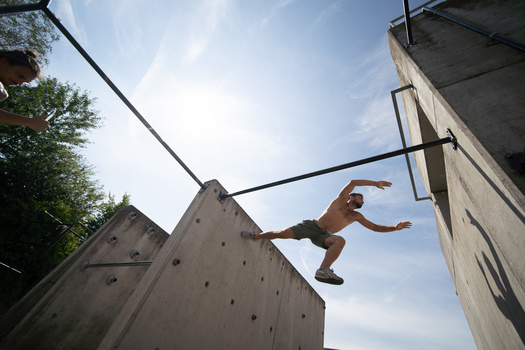

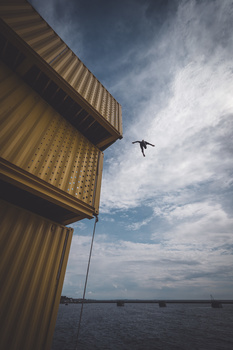
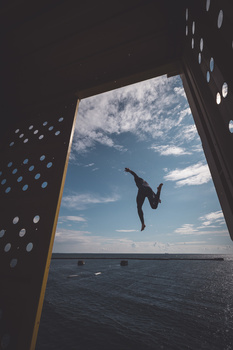



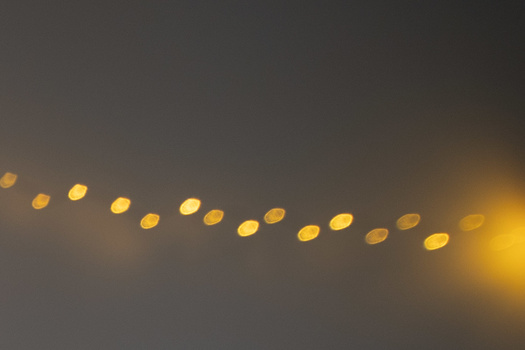






This is an excellent review and details a number of issues with this lens that other reviews seem to have missed. Based on other reviews I bought one. After only a handful of test shots it became obvious that the lens (at least my copy) wasn't worth the money. Images at "fit to screen" size were OK. However, once the zooming started they quickly deteriorated. The lens may be relatively inexpensive and have a perfect size, but it the image quality isn't there.
Thanks for your thoughts and I'm glad you enjoyed the review. As you hint, I strongly suspect copy variation was the cause of your dissatisfaction and also explains why some reviewers are reporting different experiences. Overall, I'm still impressed with it but I appreciate that the sharpness is more critical for others..!
I agree. My copy may have been sub-par. However, while all manufacturers can produce the odd lemon, a company like this one should be more aware of quality issues. Look at the history of Sigma or Tamron - both at times were known for middling quality and both pickup their quality in order to compete. Venus Optics isn't in the same league as Sigma or other third--party manufacturers.